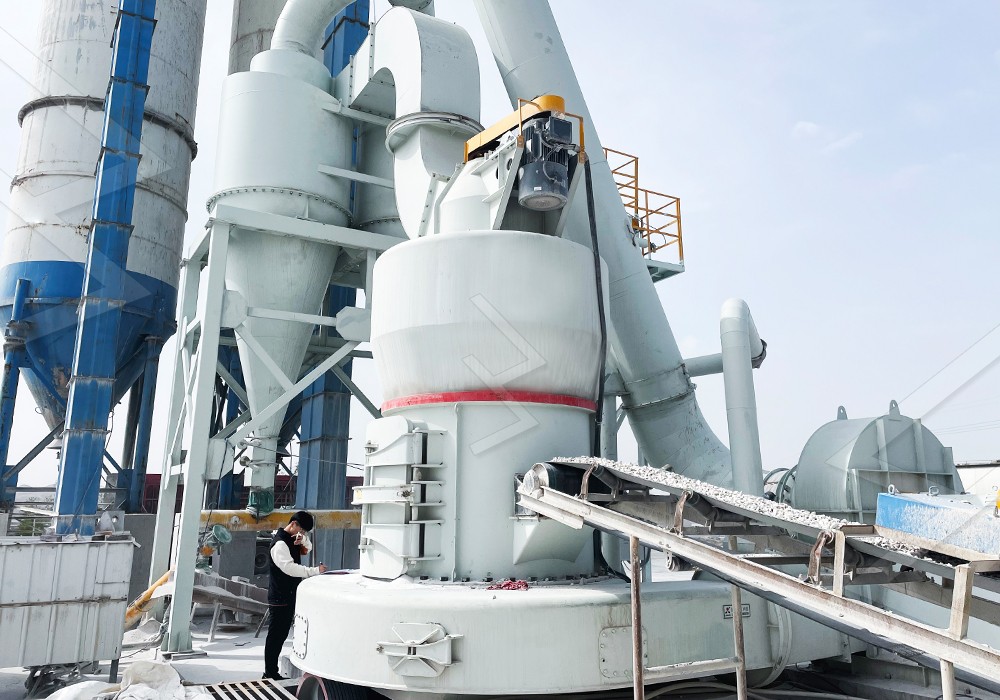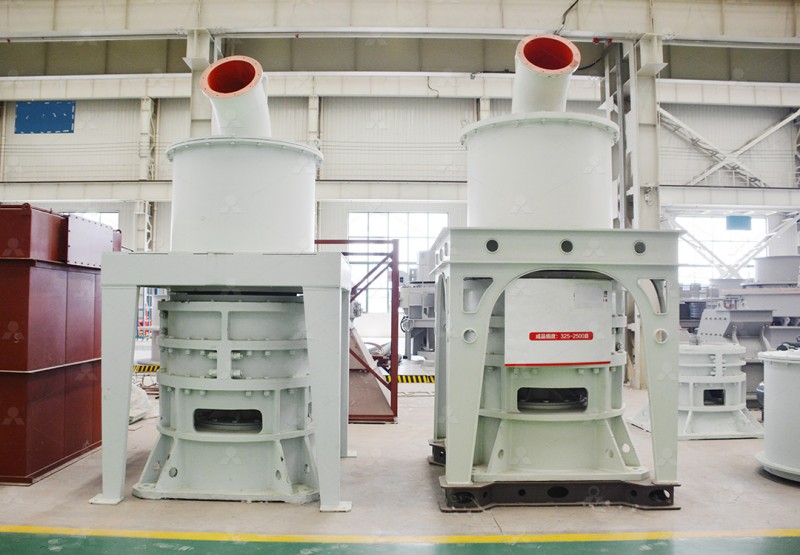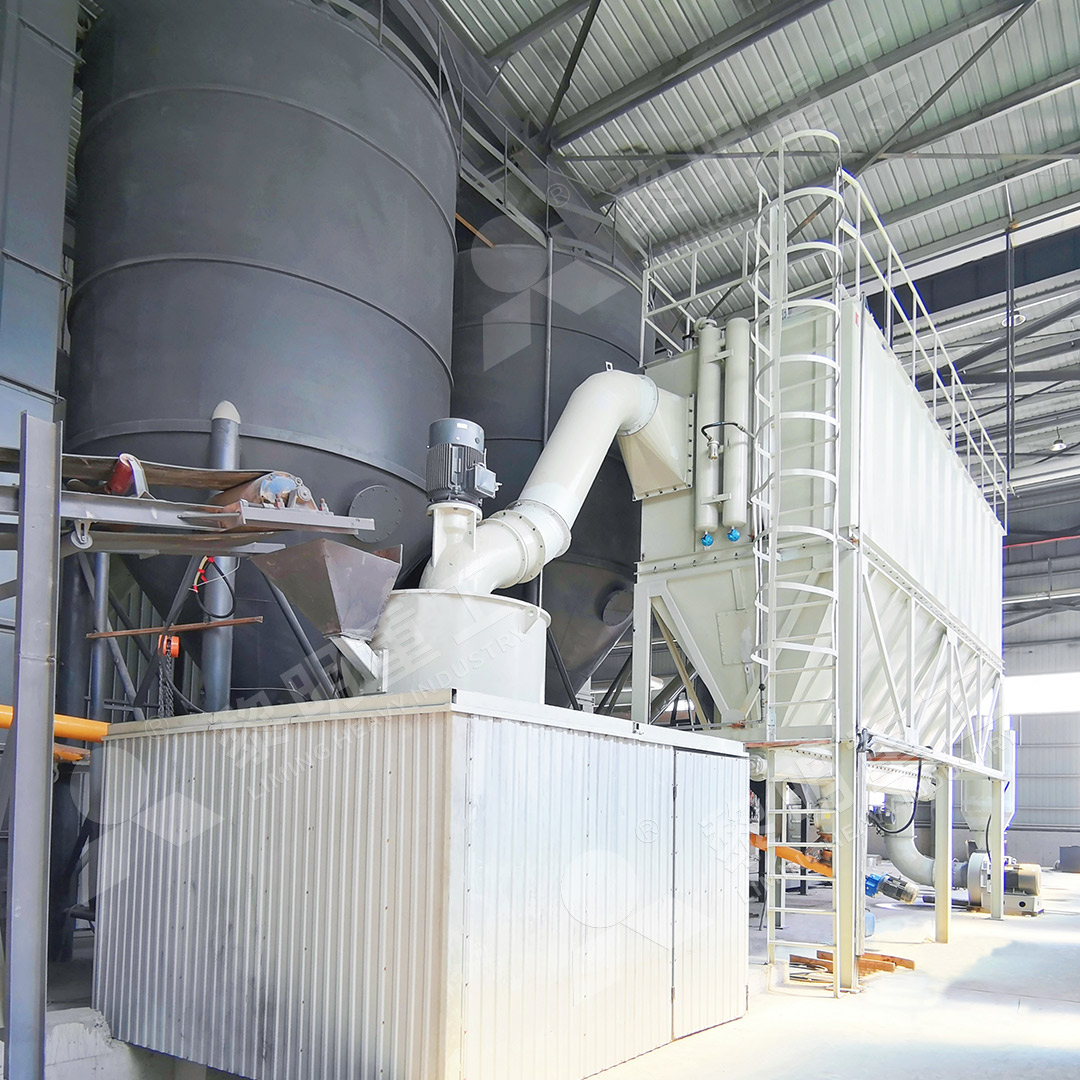Dry Sorbent Injection (DSI) Systems for In-Furnace SO2 Reduction
Dry Sorbent Injection (DSI) Systems for In-Furnace SO2 Reduction
Combating sulfur dioxide (SO2) emissions is a critical challenge for industries operating combustion processes. Among the most effective and economically viable solutions is Dry Sorbent Injection (DSI), a technology that involves the direct injection of a dry, powdered sorbent into the flue gas stream. For in-furnace injection, the high-temperature environment facilitates a rapid chemical reaction where the sorbent, typically a calcium-based compound like hydrated lime, captures and neutralizes SO2, forming a solid byproduct that can be collected downstream.
The efficacy of a DSI system is profoundly dependent on one key factor: the quality of the sorbent powder. Specifically, the fineness and particle size distribution of the sorbent directly influence its reactive surface area. A finer, more uniform powder provides a greater surface area for the gas-solid reaction, leading to significantly higher SO2 removal efficiency and lower sorbent consumption. This is where advanced milling technology becomes indispensable.

The Critical Role of Ultrafine Grinding
Producing the high-quality sorbent required for optimal DSI performance demands precision grinding equipment. Standard mills may not achieve the necessary fineness or can be energy-intensive. For operations prioritizing both high removal efficiency and operational economy, an ultrafine grinding mill is the ideal solution. It is engineered to produce powders with precisely controlled particle sizes, ensuring maximum reactivity for SO2 capture.
We recommend our MW Ultrafine Grinding Mill for this precise application. Designed for customers who need to make ultra-fine powder, the MW Mill is a standout choice for preparing sorbents like limestone and hydrated lime. With an adjustable fineness between 325-2500 meshes, it can produce the exceptionally fine powder that maximizes the surface area for SO2 reaction. Furthermore, its design emphasizes higher yielding and lower energy consumption, providing 40% higher capacity than jet mills while using only 30% of the energy. This translates to lower operating costs for your emission control system.

System Integration and Operational Stability
Integrating a DSI system involves more than just the injection hardware. A complete solution includes a reliable feeding system, the injection lances, and a robust milling circuit to ensure a consistent supply of high-quality sorbent. Operational stability is paramount. Downtime in the sorbent preparation line can lead to non-compliance with emission standards.
For larger scale operations or where a vertical footprint is preferred, the LUM Ultrafine Vertical Grinding Mill presents an excellent alternative. Integrating grinding, grading, and transporting, the LUM Mill features more energy-saving multi-head powder separating technology and double position-limiting technology for stable, worry-free operation. Its reversible structure also allows for easier maintenance, minimizing shutdown losses and ensuring a continuous supply of sorbent.
Both the MW and LUM mills are equipped with efficient pulse dust collectors and mufflers, ensuring that the sorbent production process itself is clean, quiet, and compliant with environmental standards. This holistic approach to design guarantees that your path to cleaner emissions does not create another environmental issue.

Conclusion
Implementing a Dry Sorbent Injection system is a strategic move for effective and cost-efficient SO2 control. The heart of this system’s performance lies in the quality of the sorbent, which is directly determined by the grinding technology employed. By selecting a high-performance mill like the MW or LUM series, operators can achieve superior emission reduction, lower chemical consumption, and enhanced operational reliability, ensuring full compliance and a greener operational footprint.
Frequently Asked Questions (FAQ)
What is the primary advantage of in-furnace DSI?
The primary advantage is the utilization of high furnace temperatures, which can enhance the reaction kinetics between the sorbent and SO2, potentially leading to higher removal efficiency and simpler system design compared to lower-temperature injection points.
Why is sorbent fineness so important for DSI?
Sorbent fineness directly correlates to its specific surface area. A finer powder has more surface area available for the SO2 gas to contact and react with, which increases the capture efficiency and reduces the amount of sorbent required, lowering operational costs.
Can your grinding mills handle other sorbents besides limestone?
Yes. Our MW and LUM grinding mills are versatile and can process a wide range of brittle materials, including calcite, dolomite, gypsum, and other minerals commonly used as sorbents in various air pollution control applications.
How does the energy consumption of the MW Mill compare to traditional ball mills?
The MW Ultrafine Grinding Mill is significantly more energy-efficient. It can achieve the same or better fineness with a system energy consumption that is only a fraction of that of traditional ball mills or jet mills, leading to substantial cost savings.
What kind of support do you offer for the grinding equipment?
We take full responsibility for every machine we produce. We provide comprehensive technical services and guarantee a sufficient supply of original spare parts to ensure the long-term, worry-free operation of your grinding mill.
